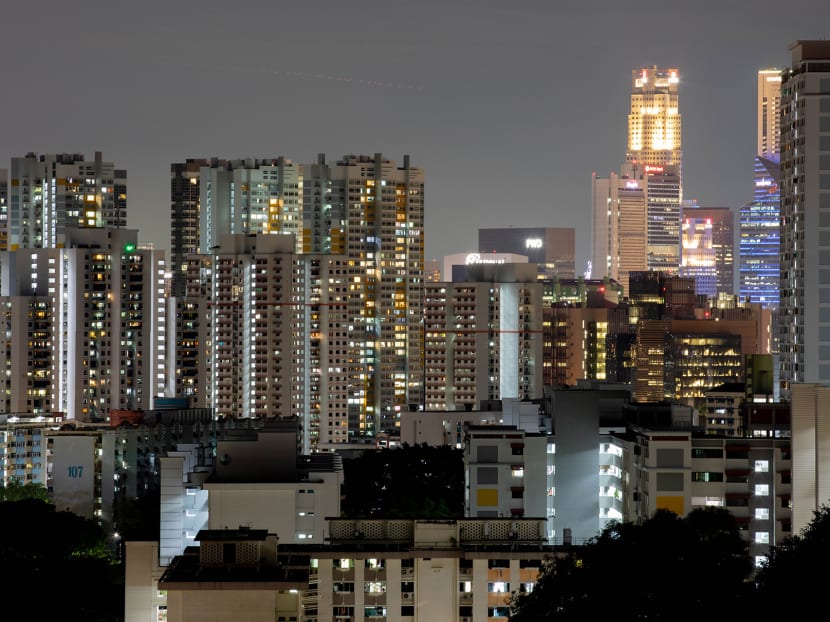Plans to import 30% of S’pore’s energy from low-carbon sources by 2035: EMA
SINGAPORE — Plans are afoot to diversify Singapore’s power supply, as well as lower the nation’s carbon footprint by importing around 30 per cent of its energy from low-carbon sources by 2035.
SINGAPORE — Plans are afoot to diversify Singapore’s power supply, as well as lower the nation’s carbon footprint by importing around 30 per cent of its energy from low-carbon sources by 2035.
The Energy Market Authority (EMA) announced on Monday (Oct 25) during the Singapore International Energy Week that it will be issuing two requests for proposals for up to 4 gigawatts (GW) of low-carbon electricity imports.
The authority said that the first request for proposal will be launched next month and it will begin importing up to 1.2 GW of electricity by 2027.
The second request for proposal is expected to be issued in the second quarter of next year, with the remaining quantities of electricity imports by 2035.
While EMA did not define what low-carbon energy is, this typically refers to energy generated from sources such as wind, solar or hydro power.
The authority said it recognises that non-renewable sources may be needed as a start to make the imports commercially viable or available as baseload power.
“For example, some thermal generation may be needed to smoothen intermittency from solar generation.”
That said, it stressed that proposals for electricity imported from coal-fired generation sources will not be accepted.
Separately, EMA also announced on Monday that it was embarking on a pilot with a consortium led by power generation company PacificLight Power by around 2024 to import 100 megawatts equivalent of non-intermittent electricity from a solar farm in Pulau Bulan, Indonesia.
This electricity will be supplied by a new interconnector that directly connects the solar farm to PacificLight Power’s power station in Singapore.
Mr Ngiam Shih Chun, EMA’s chief executive officer, said that these are all efforts to maintain energy reliability and to ensure that “sufficient safeguards are put in place” to mitigate against any prolonged supply disruptions including diversifying the sources of imports.
At present, natural gas, which EMA describes as the “cleanest-burning fossil fuel”, accounts for 95 per cent of Singapore’s power generation.
The country also relies on solar power to contribute to the nationwide power grid, though EMA said that it will likely constitute only about 3 per cent of total electricity demand here in 2030 due to land constraints.
Nevertheless, the nation is on track to achieving its solar energy target of 1.5 GW-peak (GWp) by 2025 and at least 2 GWp by 2030.
A third source of power is from the regional power grid, EMA said, as it allows Singapore to access low-carbon energy beyond its shores while supporting regional decarbonisation efforts.
There are also plans to develop other low-carbon alternatives such as hydrogen, as well as technologies such as carbon capture, utilisation and storage, which can reduce carbon emissions from using fossil fuels for power generation.












